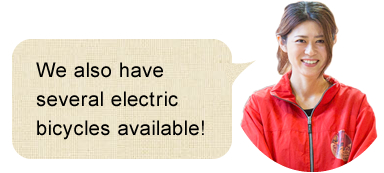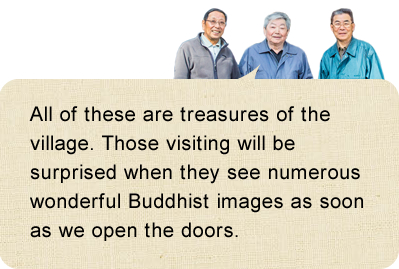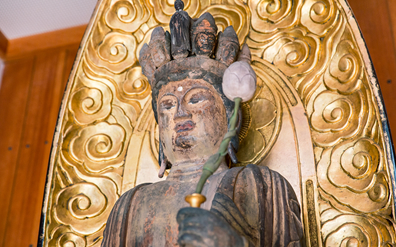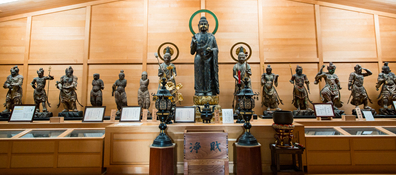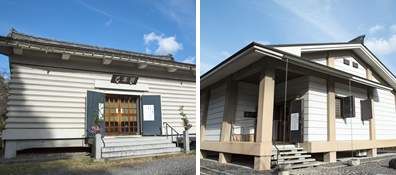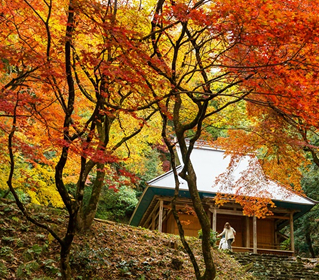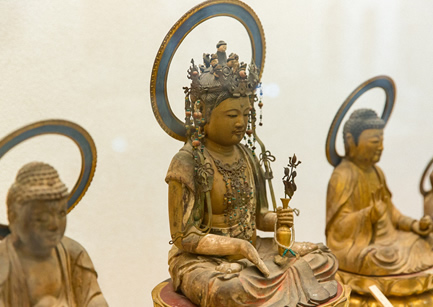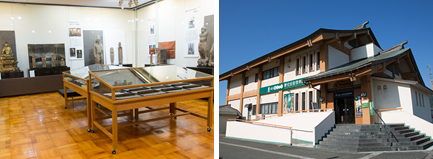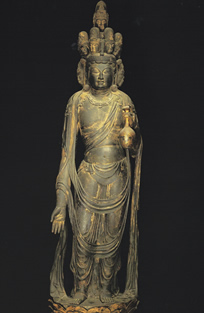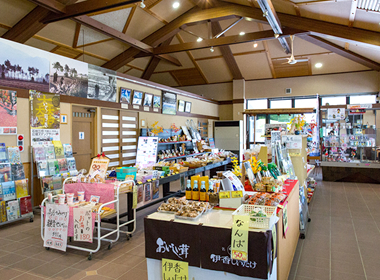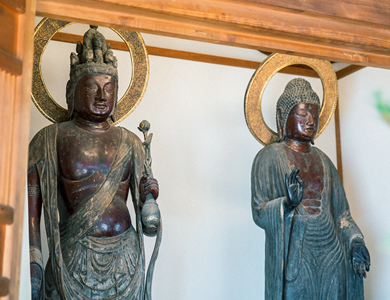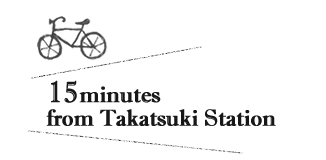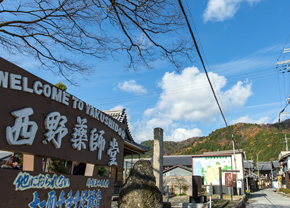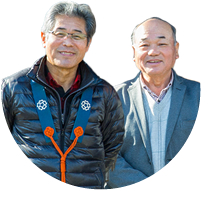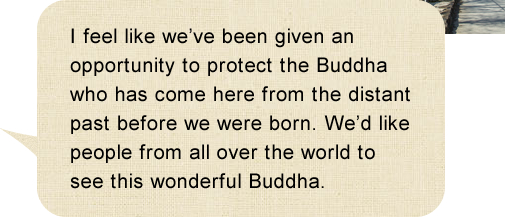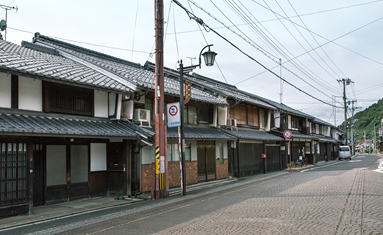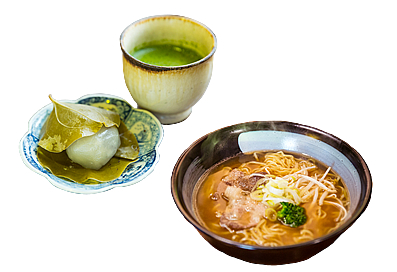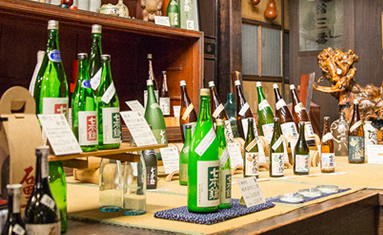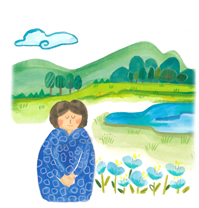
Borrow a bicycle at the Tourist Information Center inside JR Kinomoto Station and head out from there! There are also plenty of maps and sightseeing pamphlets so you can obtain the information you need here. There is also a shop on the premises selling local specialties.
Located at the foot of Mt.Kodakamiyama, which once prospered for mountain worship, it is an important warehouse that tells of the history of this area. The Buddhist statues created almost 1,000 years ago including the simple faces of the eleven-faced Kannon and the unusual Gyoran Kannon are the highlight!
Founded 735 years ago, this is a majestic old temple that is a holy site for mountain Buddhism. Currently an image of the 11-faced Kannon is stored in the Kokokaku, and the temple is also a famous place to see autumn leaves. Typically, from the middle to the end of November, you can enjoy the beautiful scenery almost as if a red carpet was spread out on the temple grounds.
This museum allows visitors to gain insight into Buddhist thought and art through its exhibits related to the deity Kannon, the most familiar of the numerous bodhisattvas to the public. The first floor has displays about Kannon, while the second floor is comprised of displays about the history and culture of Kohoku.
This temple enshrines a statue of the deity Kannon which is said to be the most beautiful of the seven eleven-faced Kannon statues that are national treasures in all of Japan. It makes for a good demonstration of 12th-century style such as with its countenance that expresses deep compassion, beautiful decoration, and proportions in which the slender hips are slightly twisted to the left.
Directly next to the East Exit of JR Takatsuki Station, this combines a Tourist Information Center and souvenir shop. Rental cycles can be both obtained and returned at either JR Kinomoto Station or Takatsuki Station. Taxis are also stationed here, making it an excellent base for heading elsewhere.
The small temple in the open space enshrines two fine statues, one of Yakushi Nyorai made of Japanese zelkova, and the other an eleven-faced Kannon, made of Japanese cypress. The townspeople have continued to protect it since long ago, and even now people in the community that are called sewakata have set up a daily schedule to take turns assisting worshippers.
This area flourished as a post town along the Hokkoku Kaido highway in the Edo period, and has an attractive townscape even now. Shops such as restaurants, cafes, and old sake breweries full of history stand side by side, making it a great spot to enjoy lunch or shopping while taking a stroll.
Foreign language support is unavailable.
Although a full set of services are not available like at a sightseeing spot, the heartfelt hospitality of the locals will transcend words and be apparent. Please appreciate Kannon No Sato’s atmosphere that exists together with the community.

COPYRIGHTS © 2020 shigakenkohoku kannonnosato ALL RIGHTS RESERVED.



